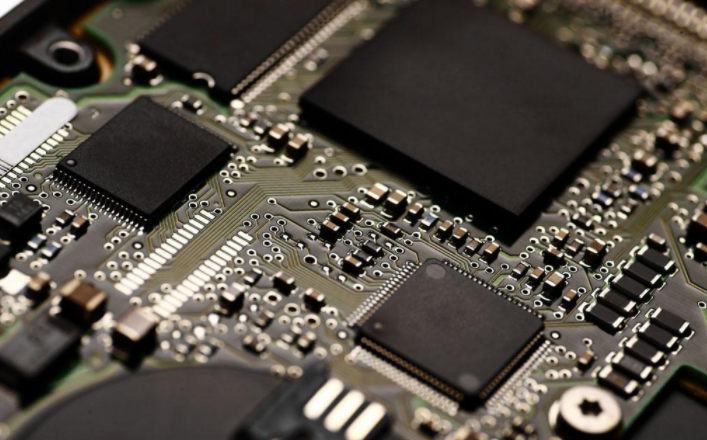1 Introduction
With the evolution of the electronics manufacturing industry in the past 30 years, customers' requirements for solder paste have become more and more demanding and more challenging. Whether it is technology, product quality, or cost value chain, solder paste R&D and production manufacturers are being forced to continuously develop and produce products with higher specifications and higher technical characteristics to meet and answer the two voices of the most demanding customers.
One is from the production and operation department. The biggest voice is that the solder paste must be stored stably for a long time, whether it is in the refrigerator or on the steel mesh after reheating, it must be consistent for a long time, whether it is physical or chemical properties, in the long-term mass production process “We can’t guarantee that workers use the solder paste 100% correctly every time. Because it’s possible for people to make mistakes, it’s possible that the solder paste is still being used after the expiration date, and the solder paste may exceed the steel mesh. It is still in use after the service life. At this time, problems such as print tailing and less tin have occurred, but they have not attracted enough attention, which leads to unreliable solder joints caused by less tin in the rear section of SMT, uneven solder joints, and solder pads. The voids increase significantly, the functional test solder joints fail (head restraint phenomenon), and there are risks such as potential key component failures caused by mechanical stress and thermal shock caused by mechanical stress and thermal shock at the end of the functional test, but after passing the test at the end of the functional test, such as The solder joint failure and LGA failure of the fine-pitch CSP package, as well as the QFN failure, may bring significant cost difficulties and technical challenges to customers."

The second sound is to reduce the usage and cost of solder paste per unit circuit board pad. In the past, in the process of assembling tens of millions of electronic products in large quantities, solder paste, due to its own technical limitations-can only be used on the stencil for 6-8 hours, due to the dramatic increase in viscosity, at the end of this time period., Workers are required to be especially careful, and the scraper on the stencil must be recovered in time. Therefore, customers will be affected in the amount of solder on the pad and production efficiency. If you need to get a solder paste that has a longer life on the stencil on the unit PCB It is necessary to redesign and develop a new platform and formula system, so that its service life on the stencil and scraper is close to 72 hours and 3 days, maximize its use efficiency and obtain the lowest application process cost. In the past, 6-8 hours of solder paste service life resulted in a scrap rate of up to 25%. Now, with the 72-hour solder paste service life, the efficiency of solder paste usage is close to 95%, the added value of the solder paste is maximized, and the cost optimization is maximized.
2.1 Engineering experiment analysis
2.1.1 Printing performance
Solder paste sample preparation
GC10 flux formula with SAC305 alloy solder paste
• Halogen-free flux: The sample is pretreated with IPC-TM-6502.3.34/EN14582 and analyzed by ion chromatography.
• Classification of halogen-free flux: using ANSI/J-STD-004 (version B), the activity is ROL0.
Printing conditions:
Printing press: DEK EUROPA
SMT steel mesh thickness: 0.10mm
0.80mm diameter round hole CSP
0.50mm diameter round hole CSP
0201 SMD resistor printing window
From 25mm/s to 125 mm/s printing speed, the color represents the printing process index of different areas.
Printing conditions include:
Printing machine: DEK EUROPA
Support table: vacuum
Scraper: 250mm long, 60 degree squeegee
AOI, SPI: Kohyoung, KY-8020T
Steel mesh thickness: 0.10mm
0.22mm diameter round hole size CSP
0.20mm diameter round hole size CSP
0.18mm diameter round hole size CSP
And 0.15mm diameter round hole size CSP
0201 SMD resistor printing window
From 25mm/s to 125 mm/s printing speed, the color represents the printing process index of different areas.
Experimental results show: GC10 formula solder paste with No. 4 powder can be used in fine pitches such as 0201, 01005 and CSP with 0.4mm pitch and 0.3mm pitch. The printing ability can be guaranteed, but the appropriate printing parameters must be adjusted such as suitable The printing speed and printing pressure are sometimes adjusted at a suitable release speed according to the special design of the pads of the components.
For DOE analysis of release speed, use 0.18mm round holes for printing, and select fast (20mm/s release speed), medium speed, and slow three kinds of release speeds, from 0.18mm to 0.80mm round holes. The different round hole printing ability CPK of No. 4 powder is obtained inside, and the conclusion is that fast release speed is the first choice.
2.1.2 Printing actual laboratory quality
Printing parameters:
Printing speed: 250mm/s
Printing pressure: 8 kgs
SMT stripping speed: fast stripping
Scraper length: 250mm
Working parameters:
Thermal collapse: J-STD-005A, IPC TM 650 2.4.35 Perform collapse evaluation at 182 degrees for 10 minutes, and record the first unbridged distance.
2.1.3 Reflow performance after continuous long-term PCB printing
2.1.4 Viscous life test
Experimental conditions:
Experimental equipment: Malcom TK1 viscosity tester
Preloaded 300g
Preload time 5 seconds
Test speed 2.5mm/sec
Test solder paste diameter 5.1 mm
Test solder paste thickness 0.25 mm